In a world that often chases perfection, sleek finishes, and the newest trends, the concept of Wabi Sabi offers a breath of fresh, grounding air. It reminds us that beauty lives in the humble, the aged, and the imperfect. When applied to interior design, particularly the living room, Wabi Sabi creates an inviting space where timeless elegance meets serene authenticity.
If you’re looking to transform your living space into a peaceful retreat filled with soulful touches and purposeful design, a Wabi Sabi living room may be exactly what you need. Let’s explore how to bring this aesthetic to life.
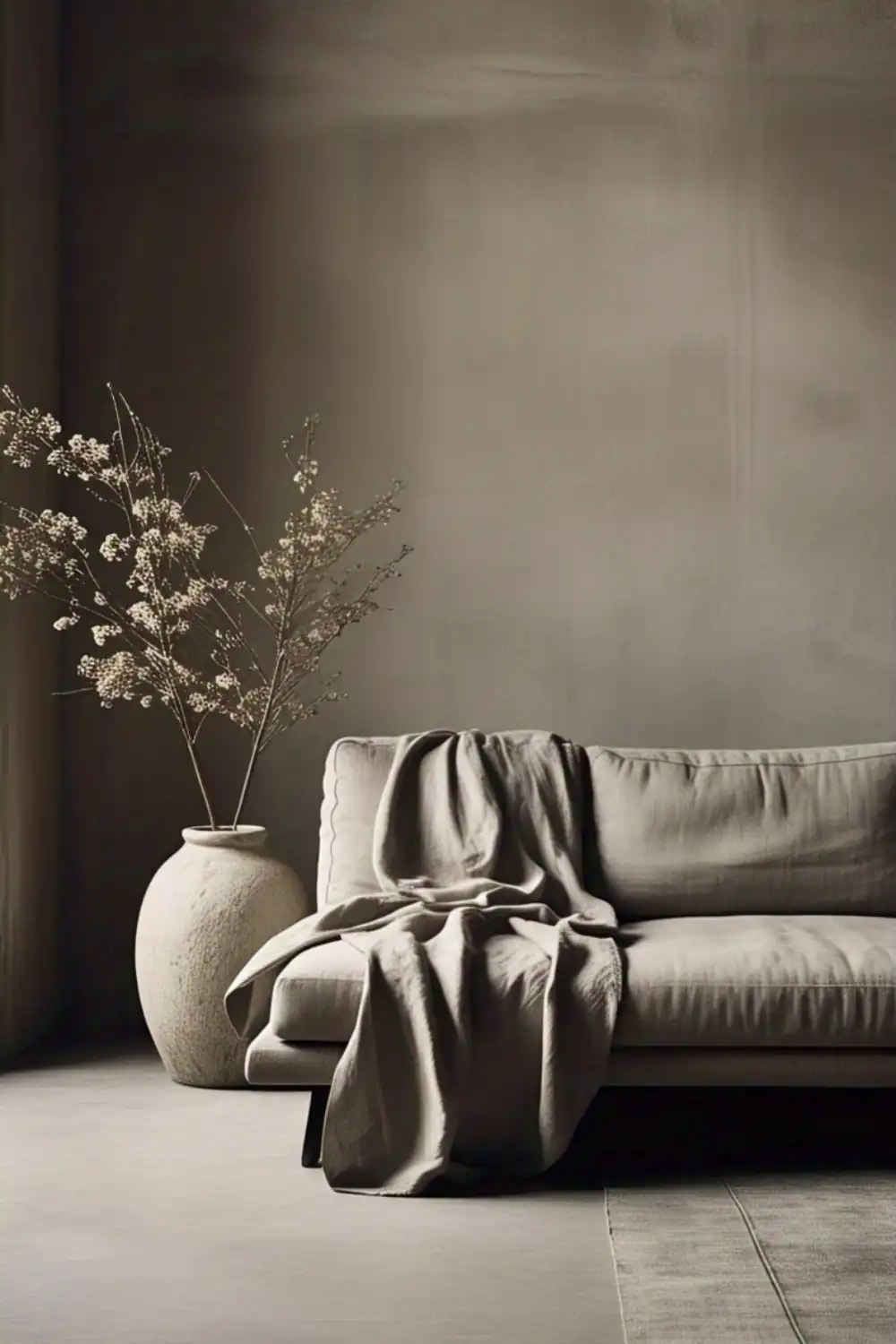
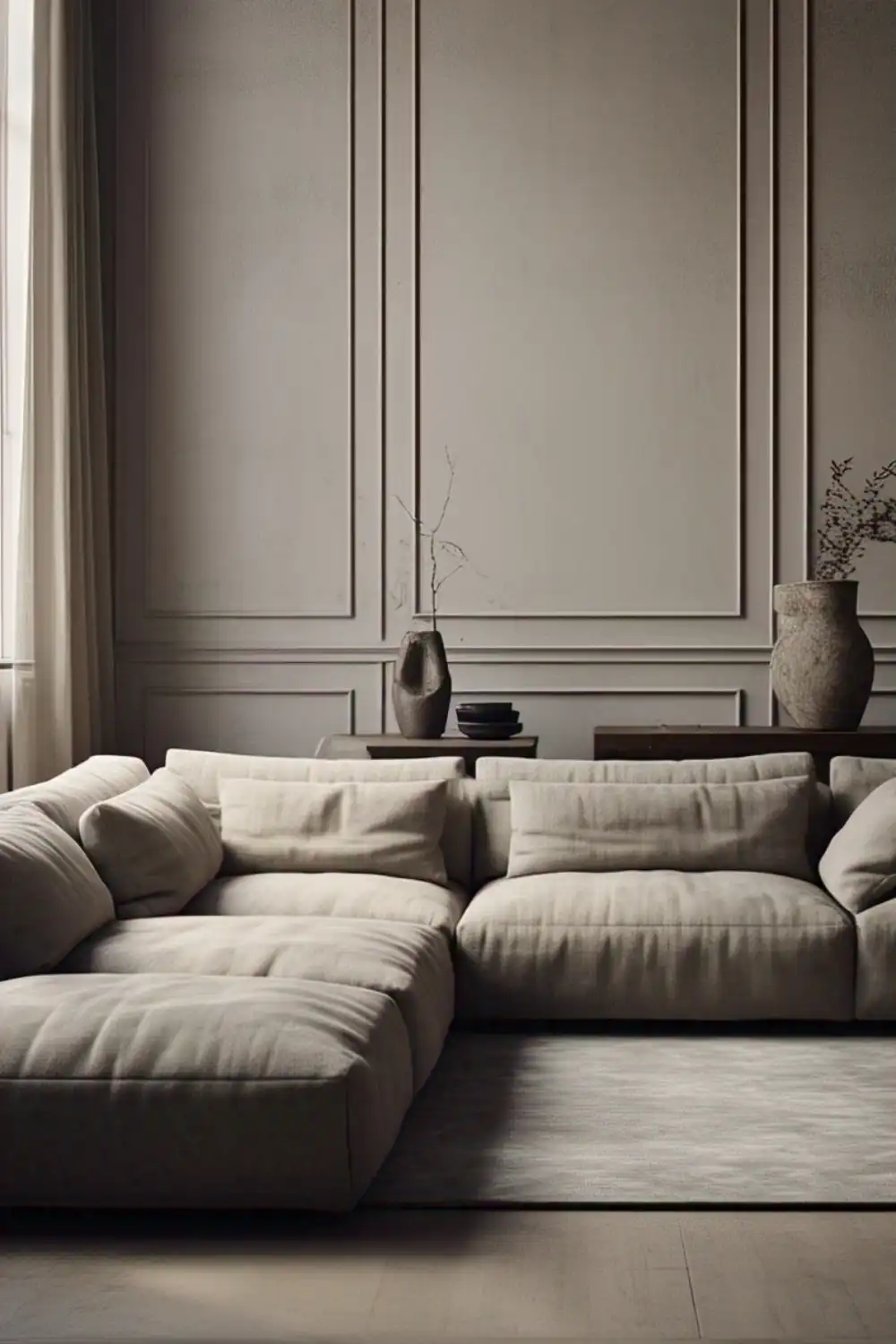


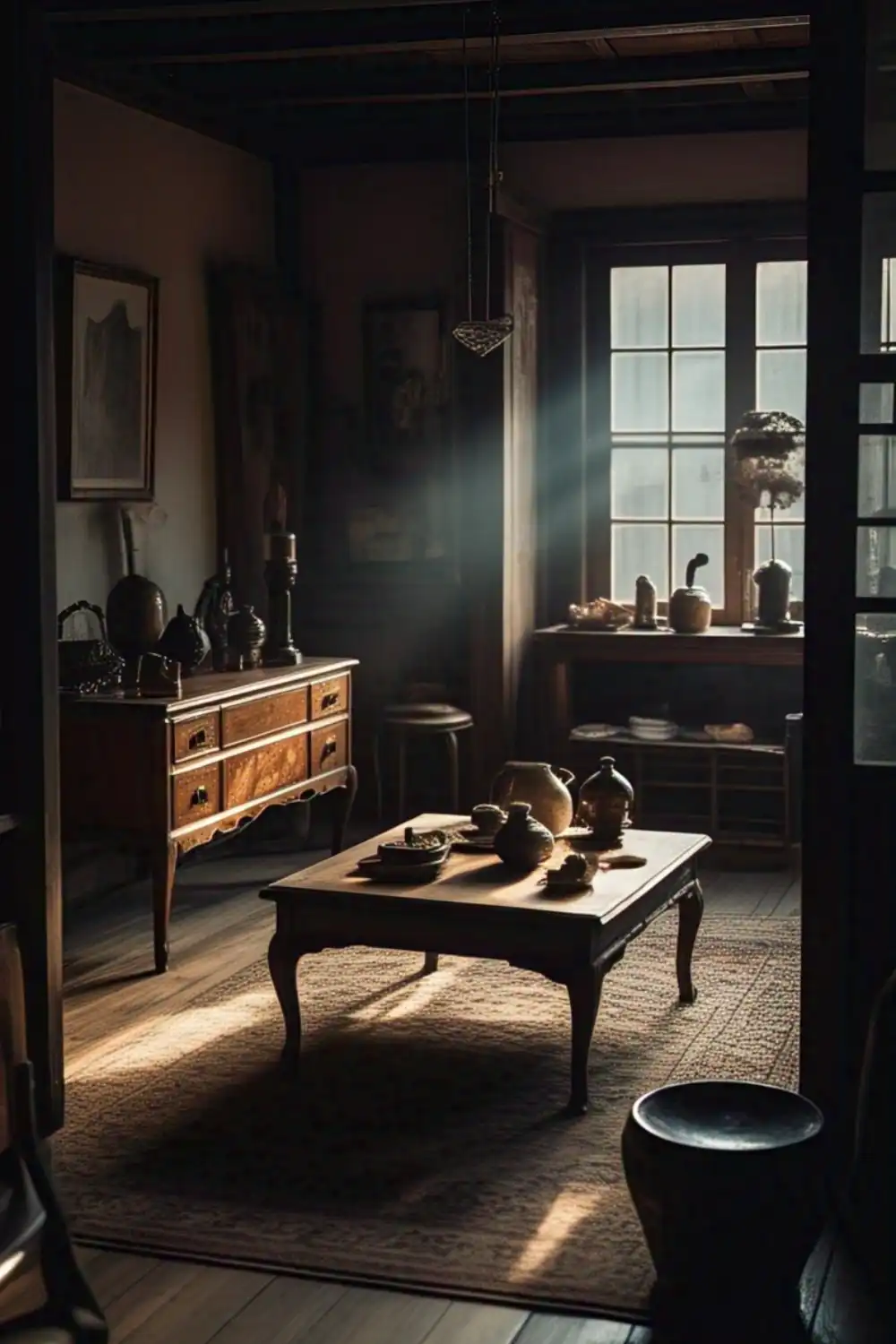
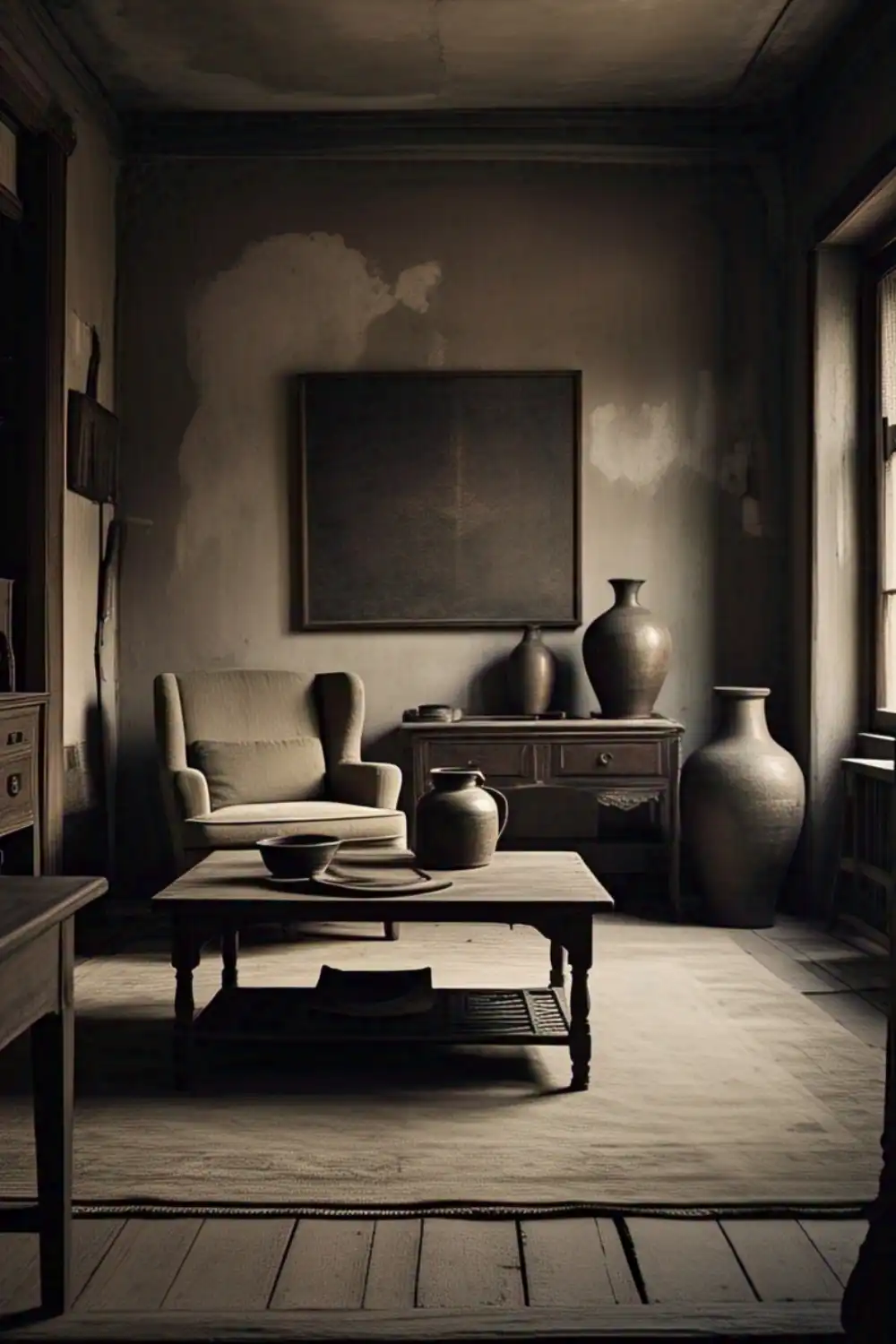
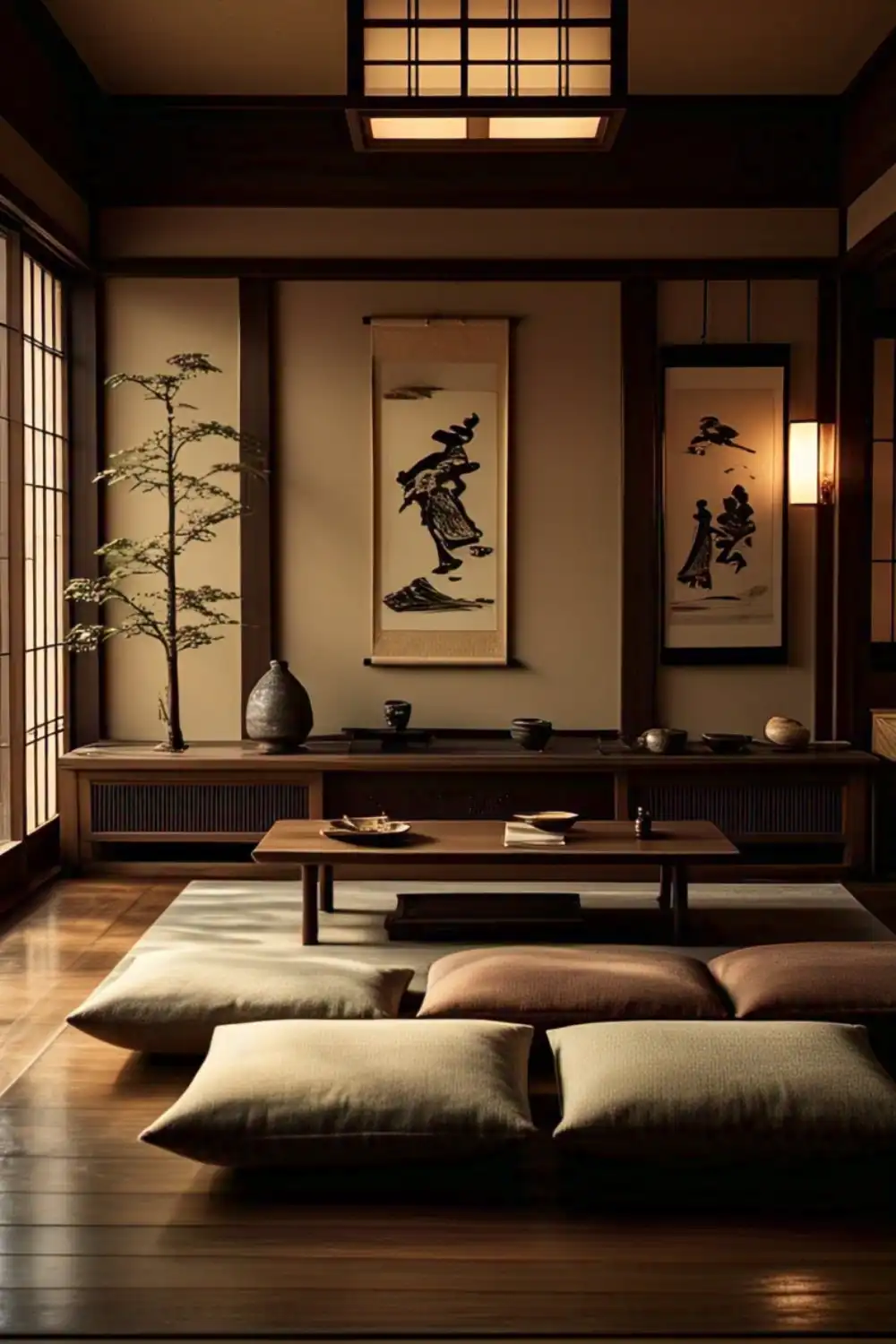
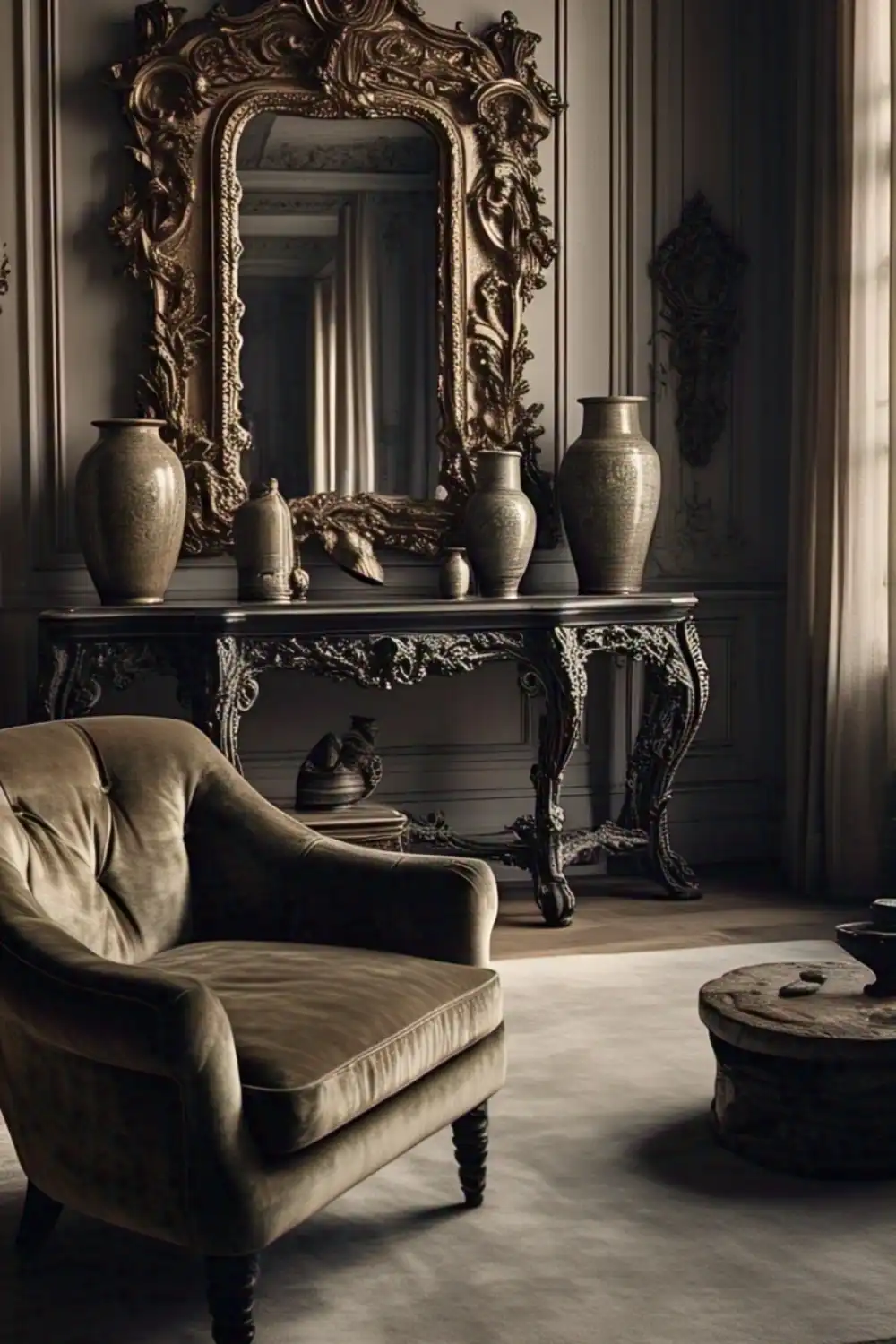

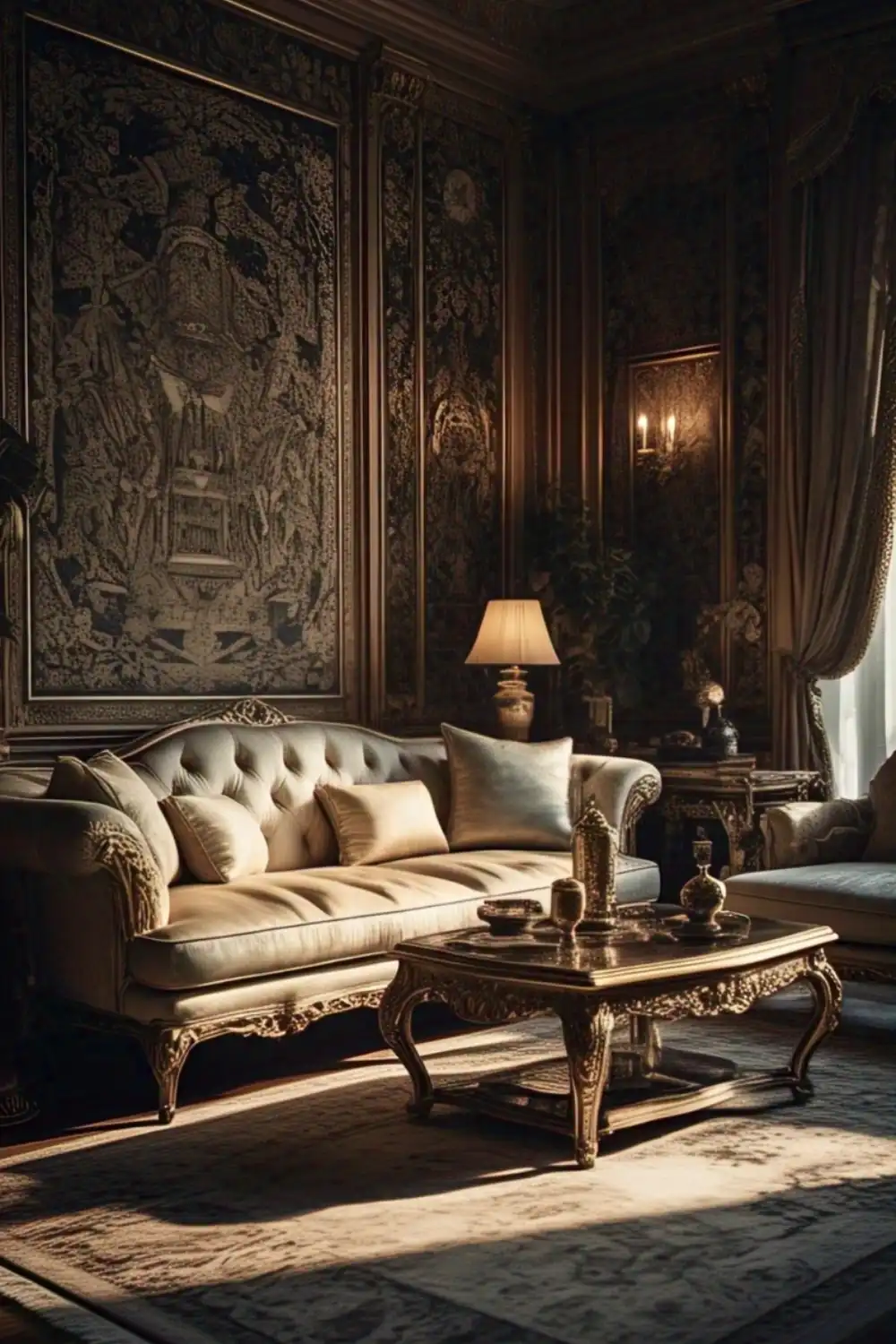
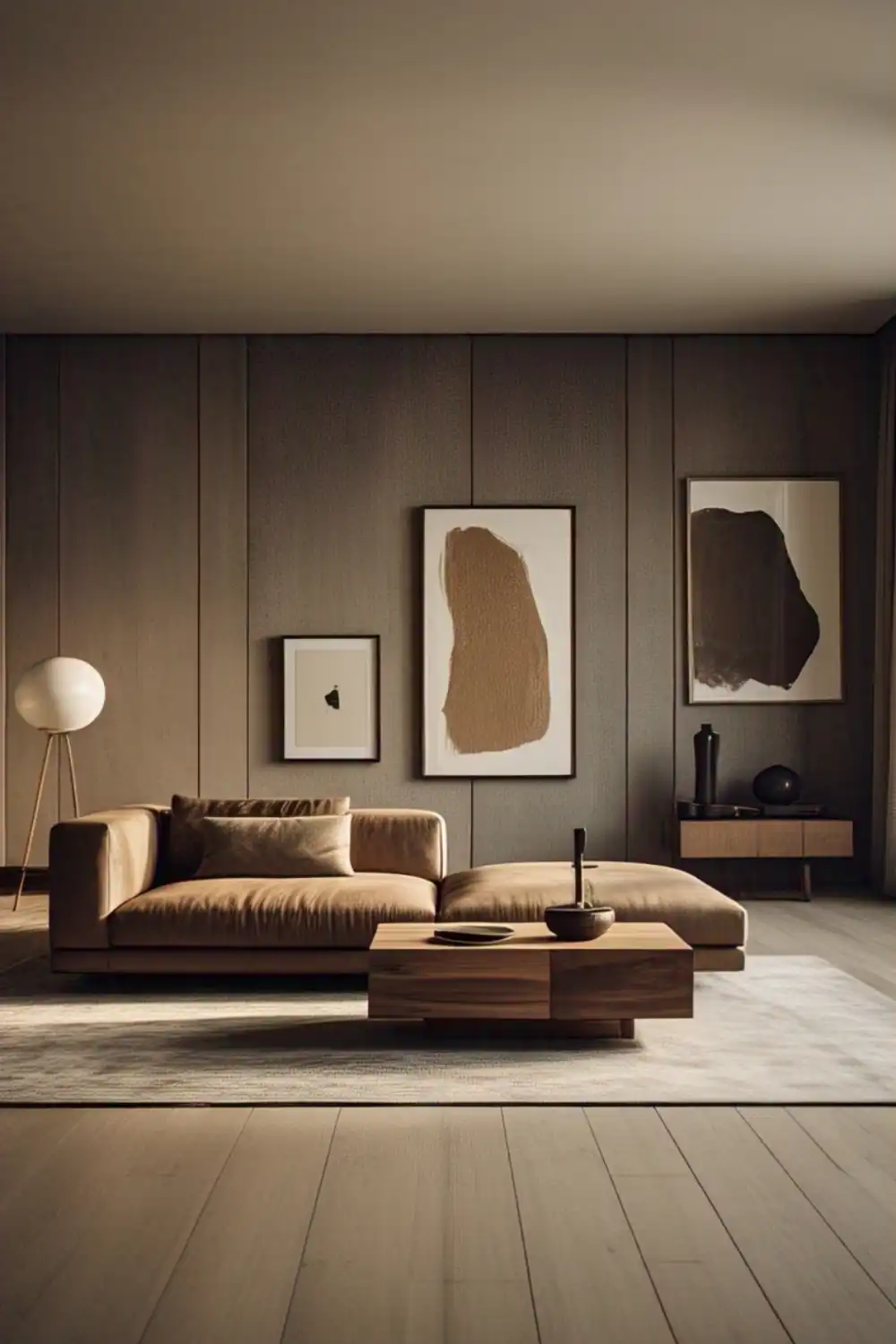
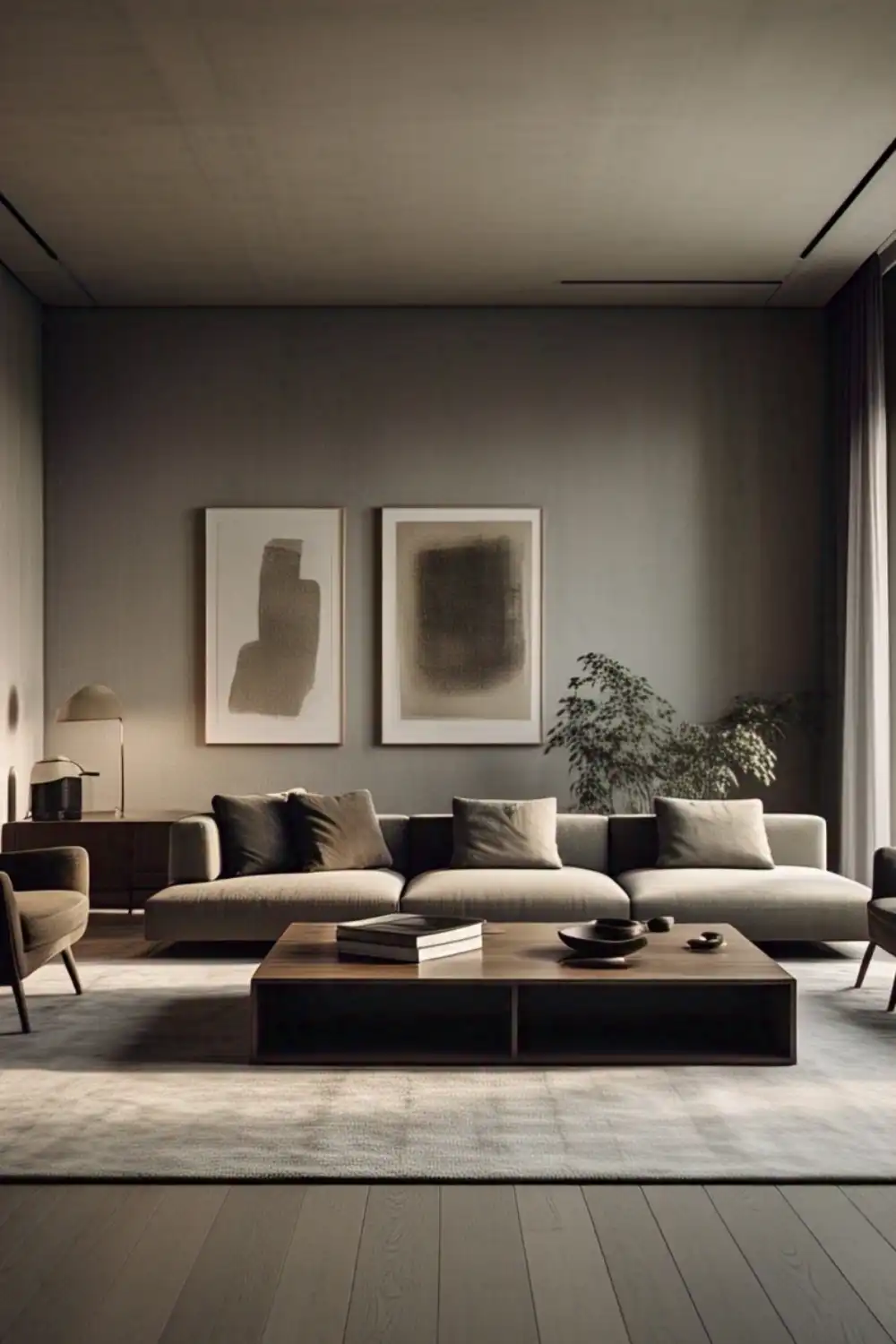
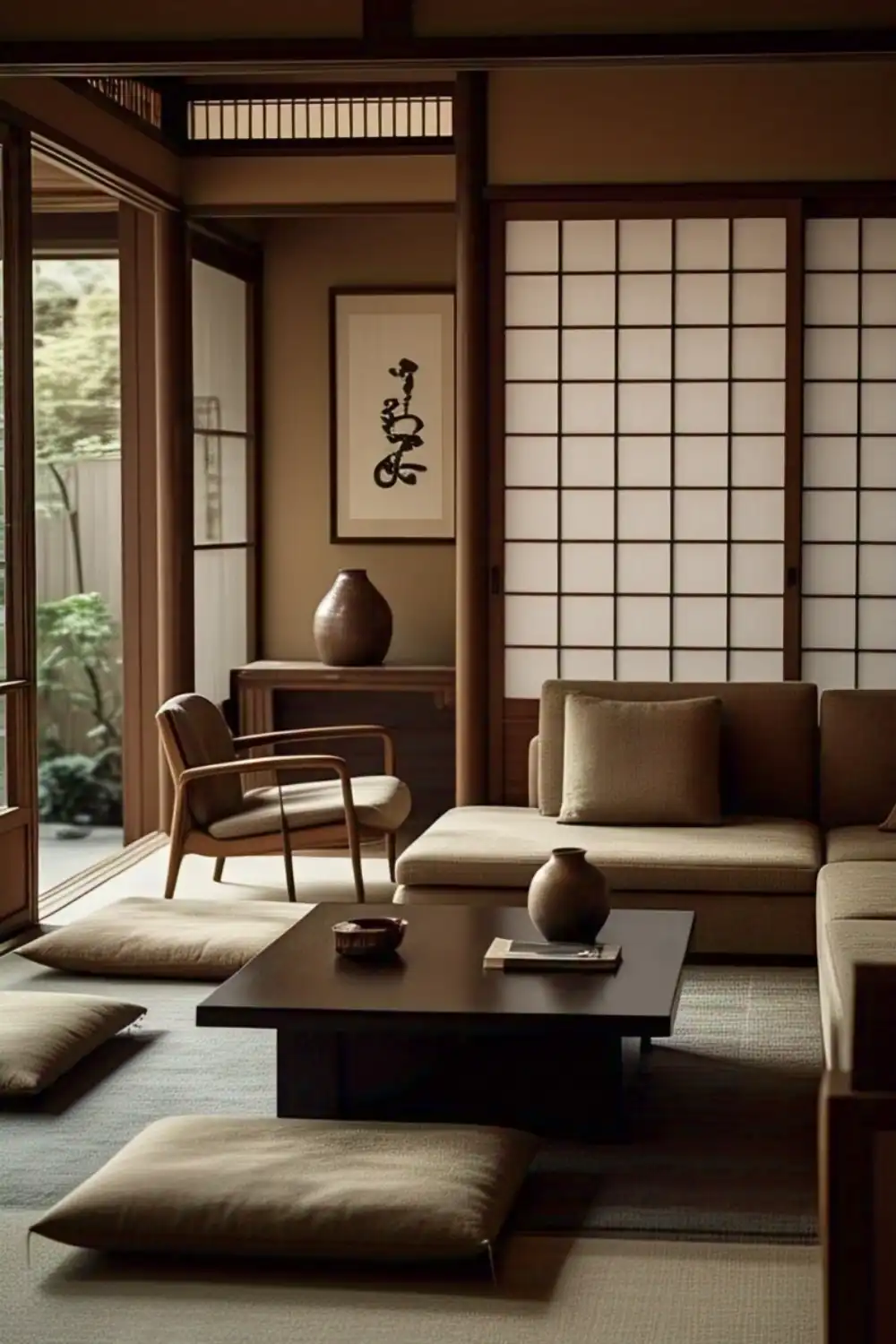
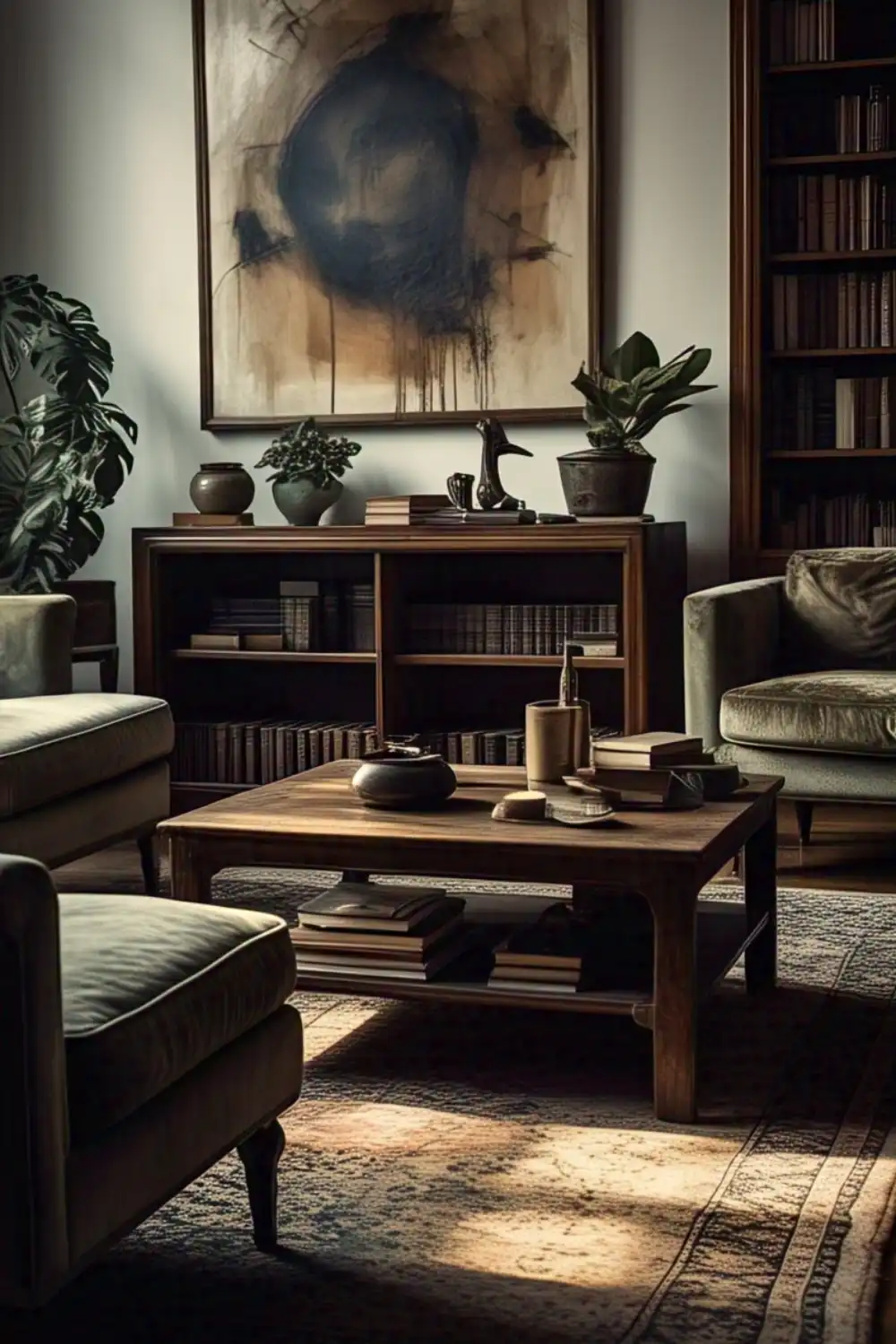
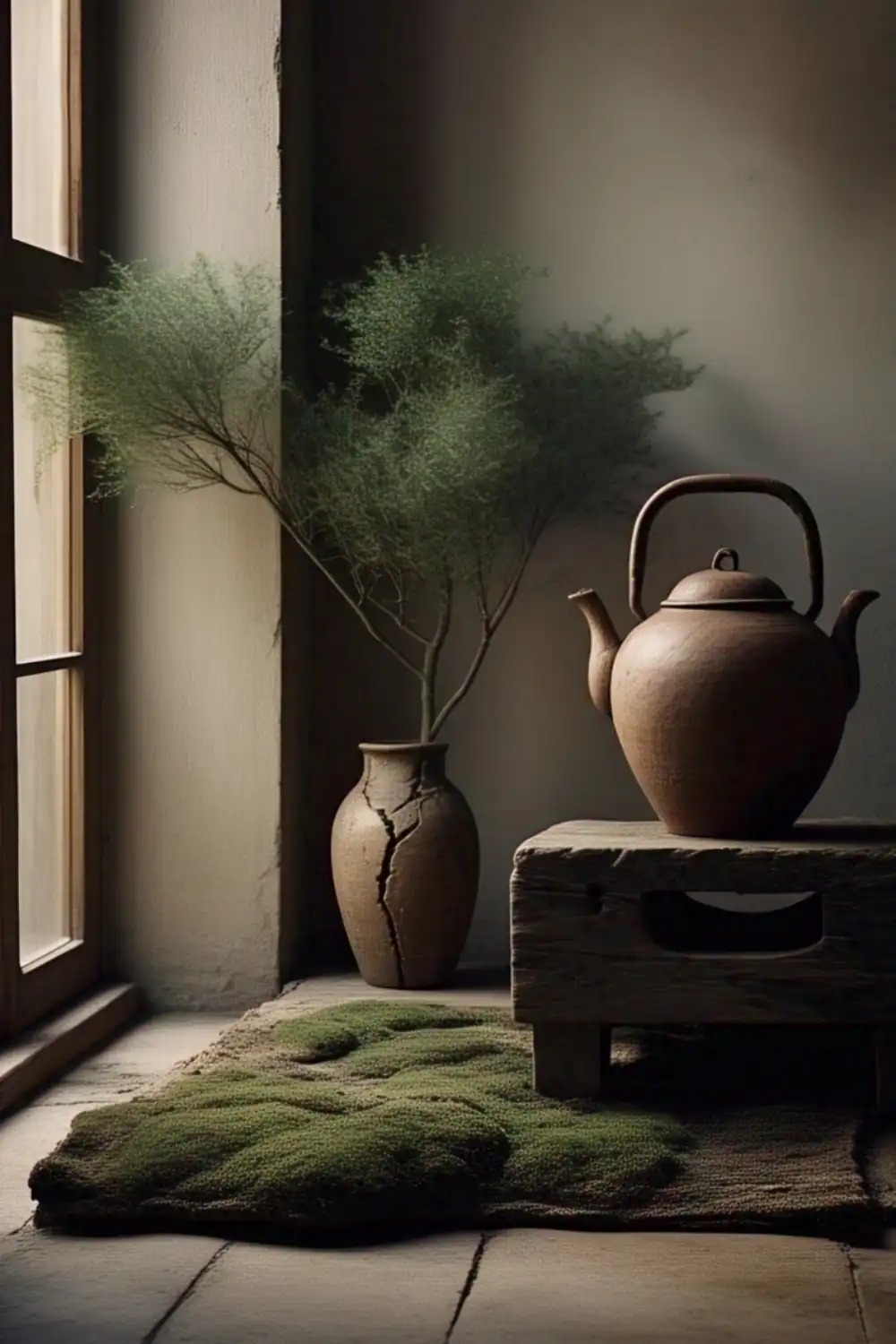
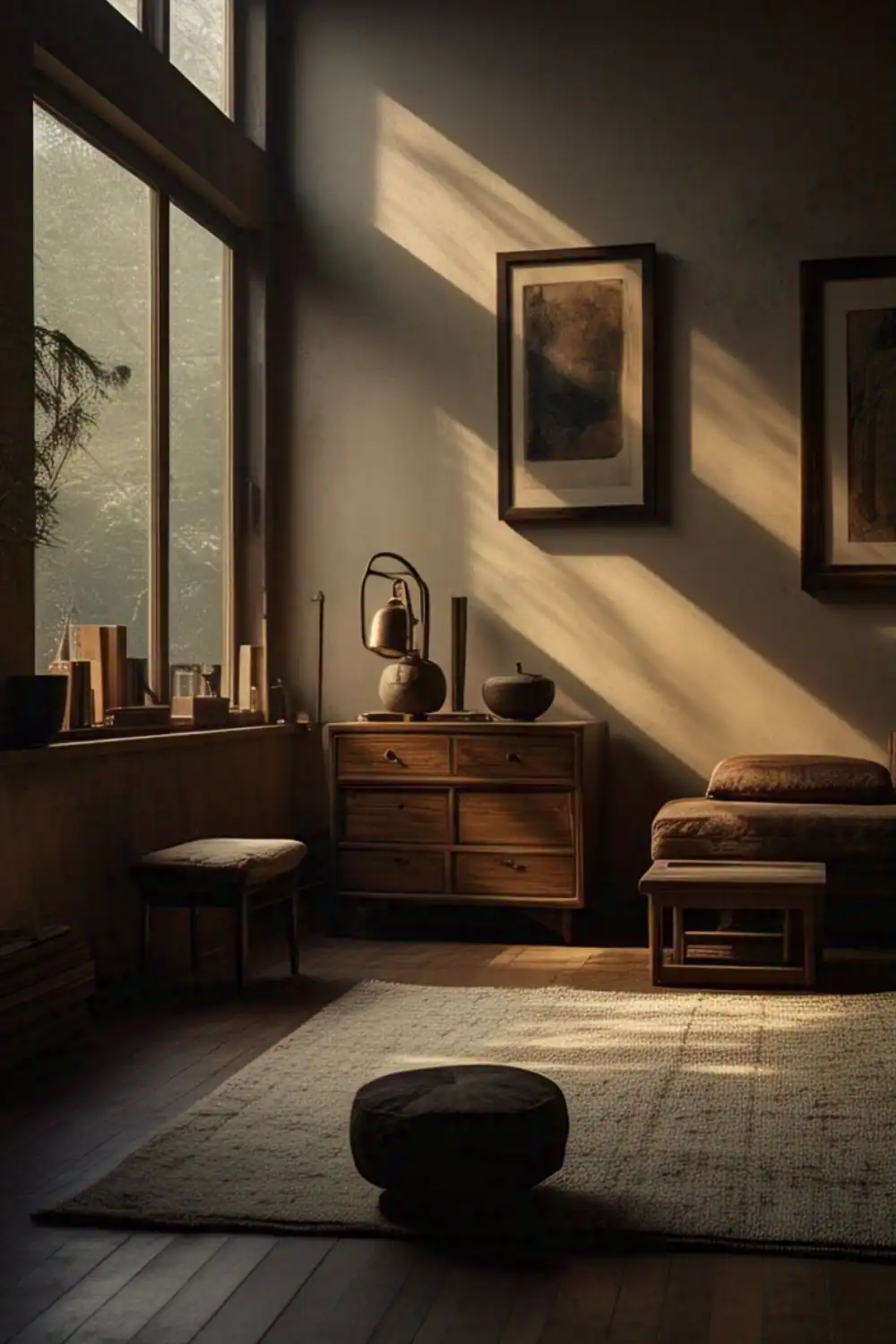
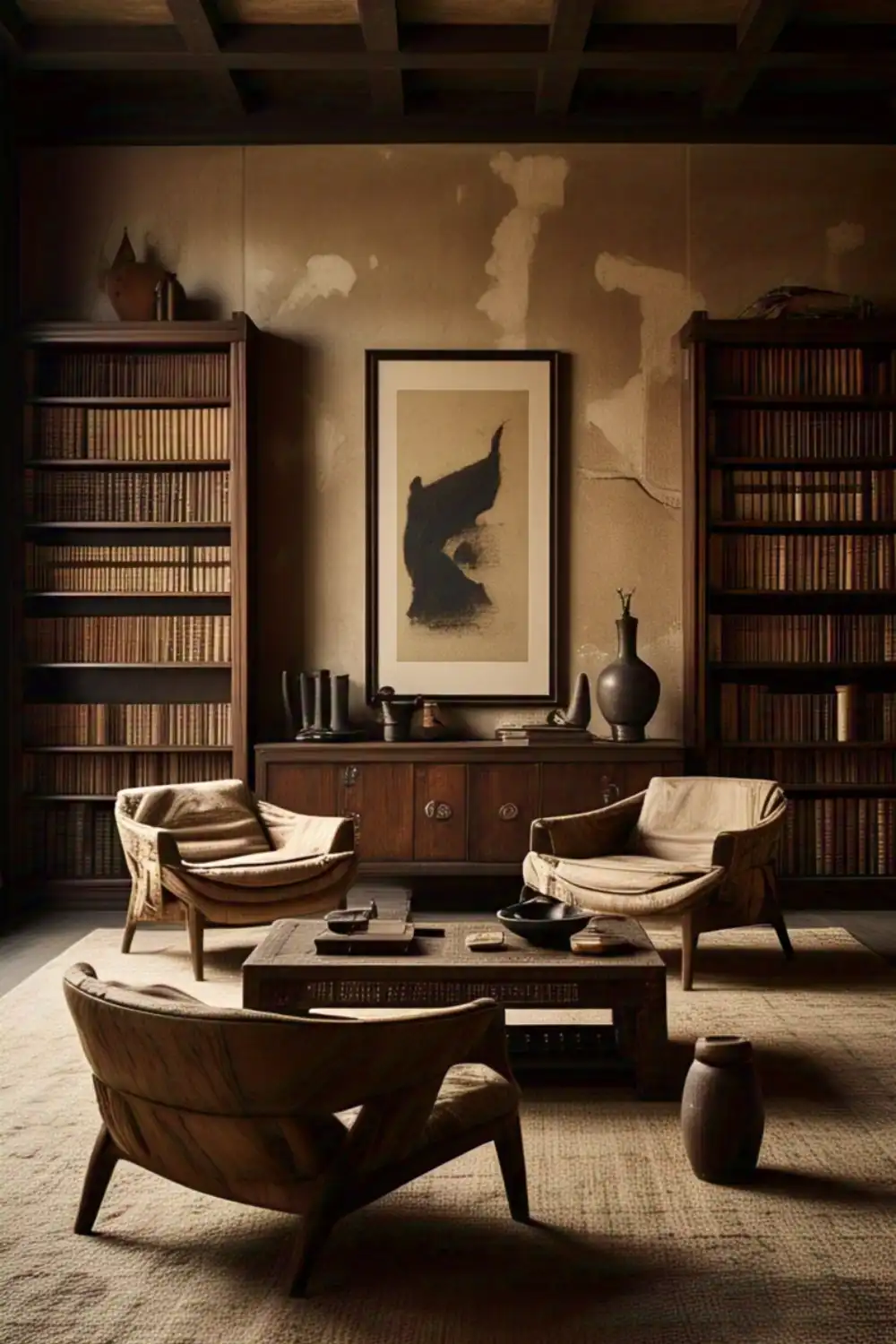
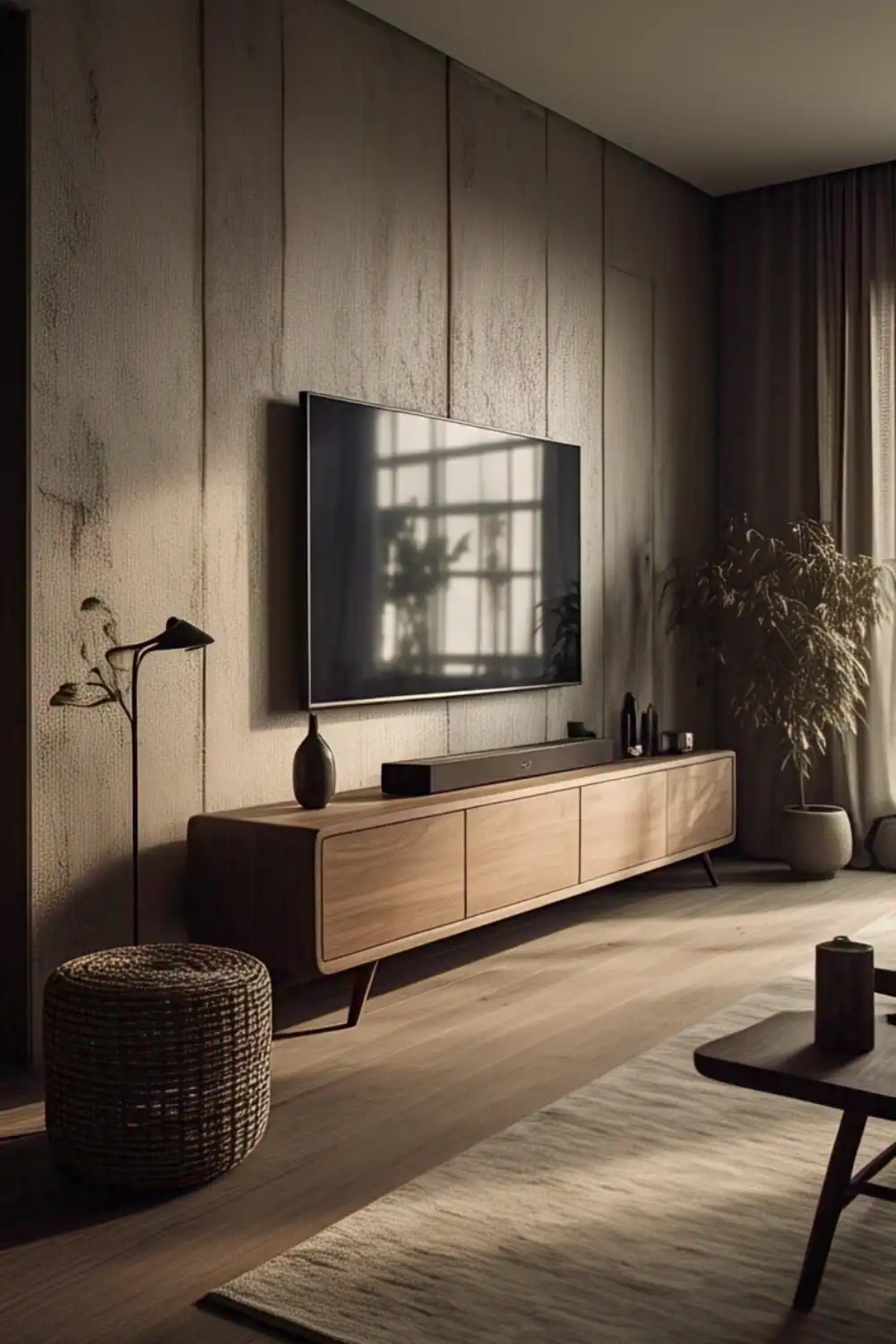
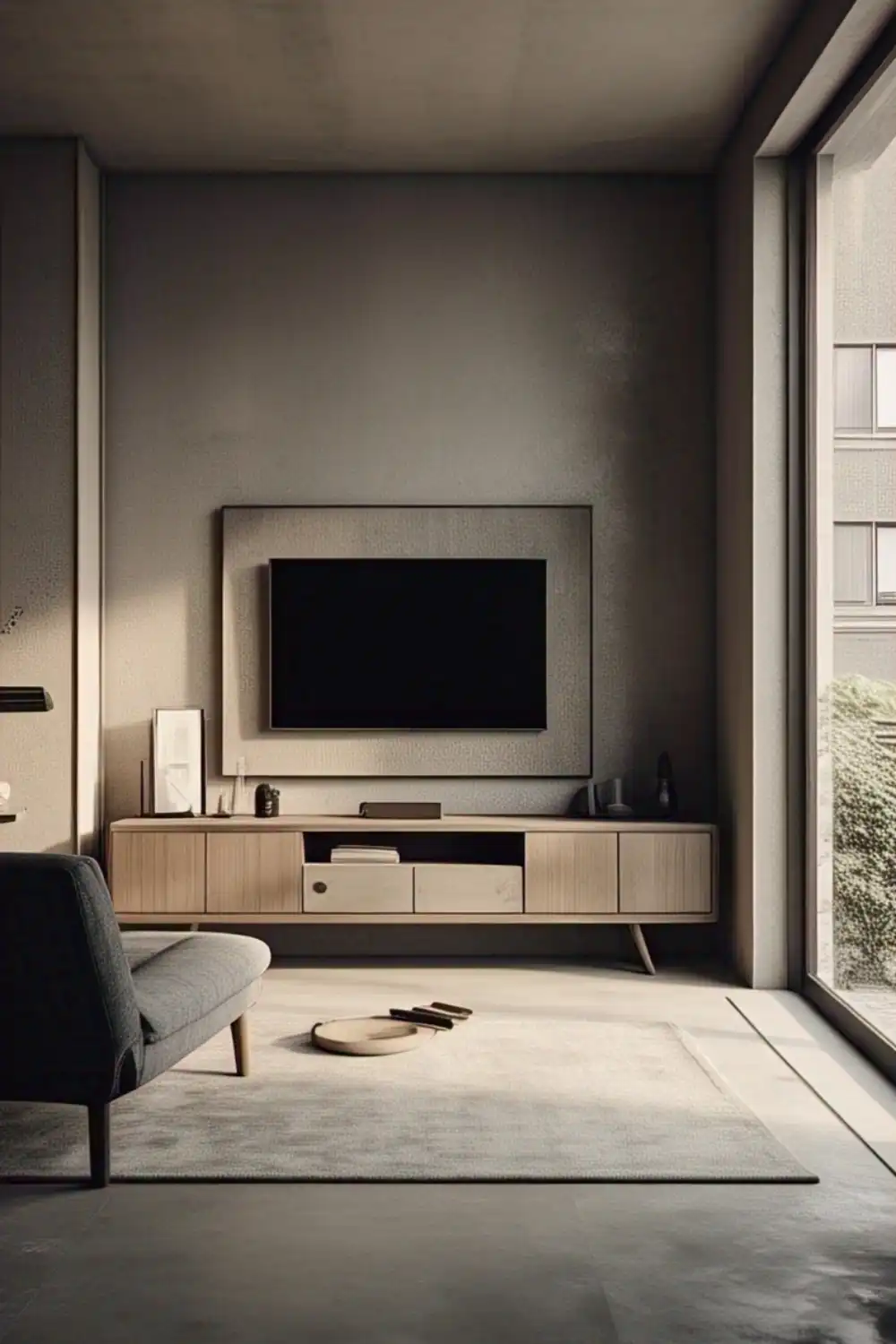

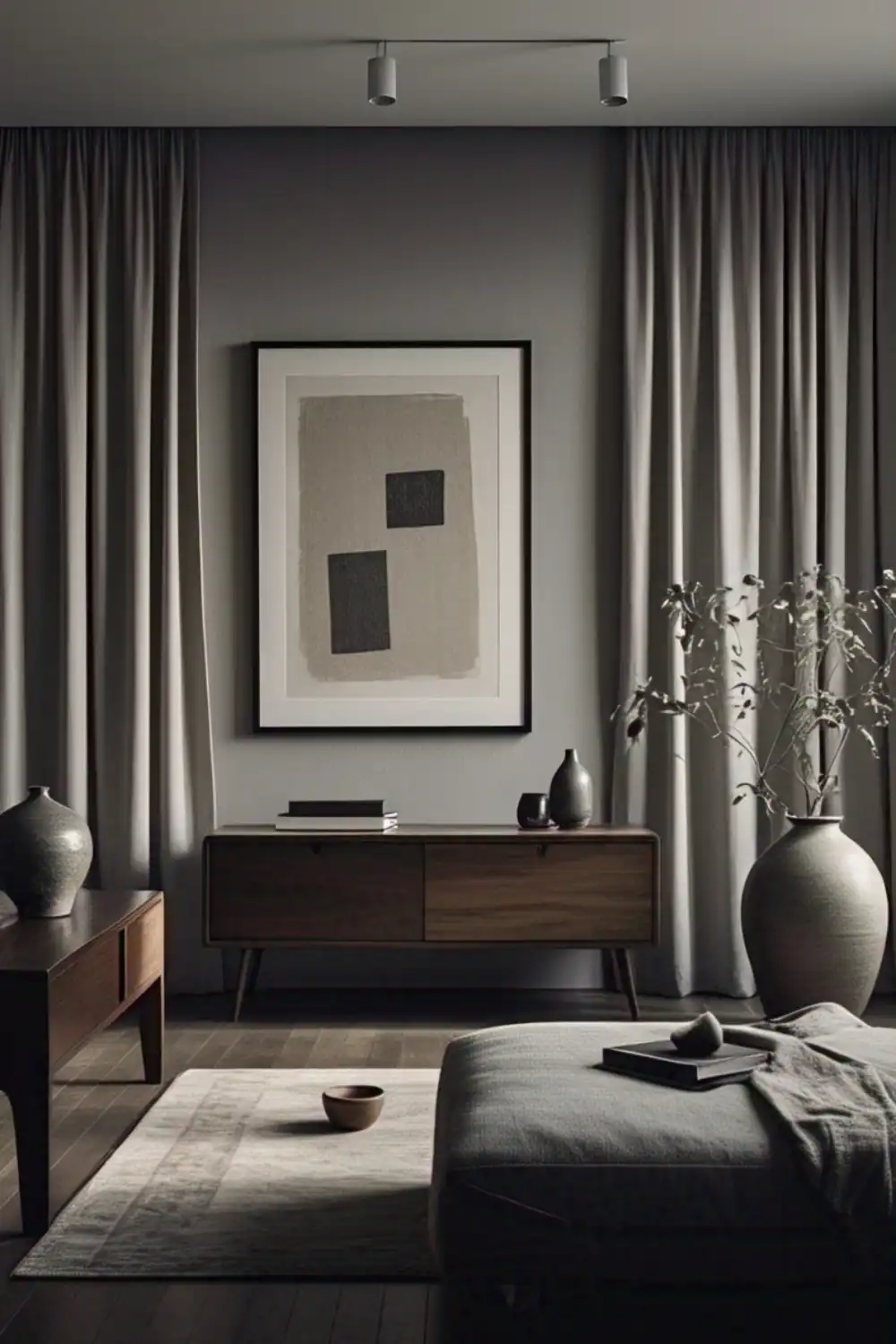
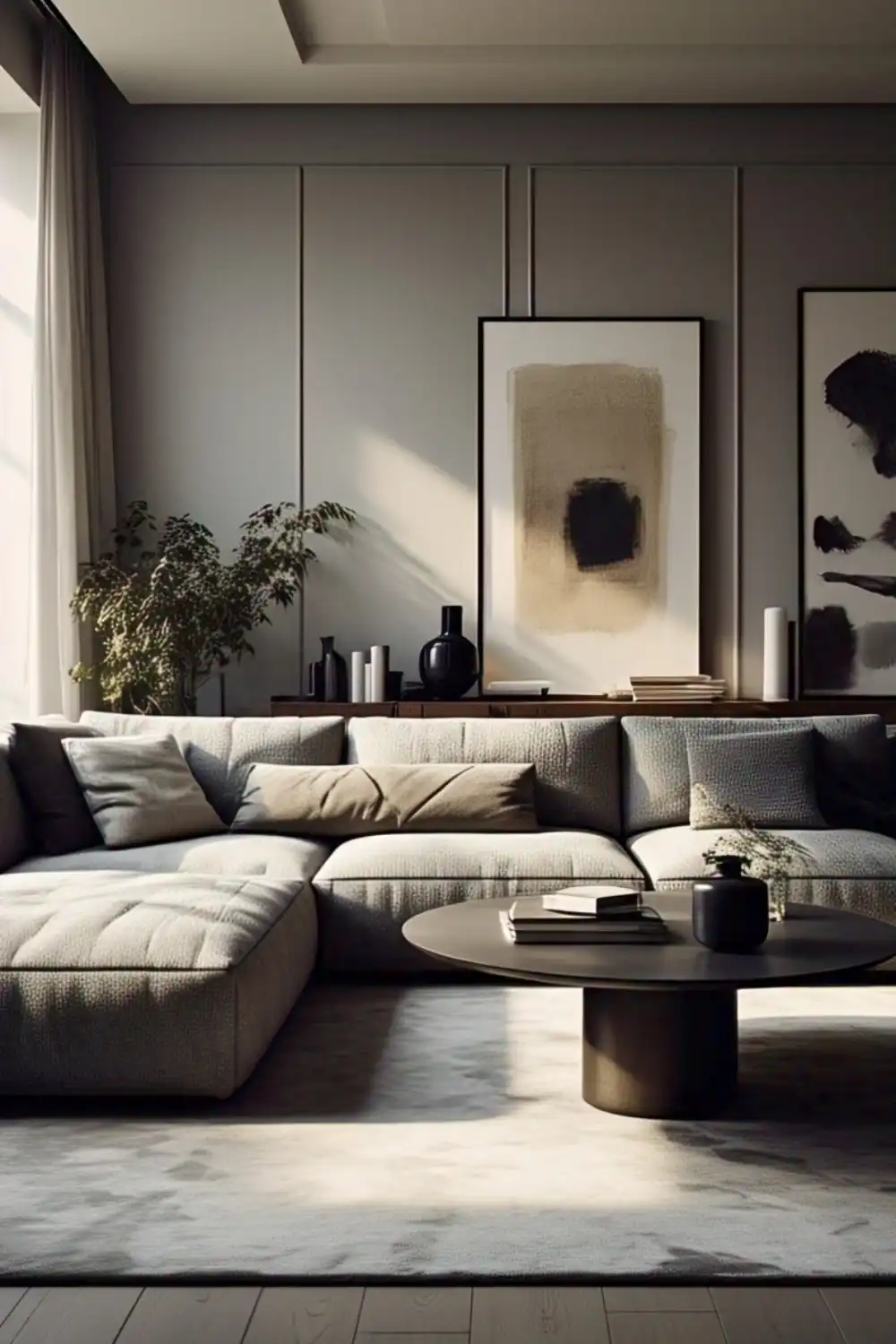
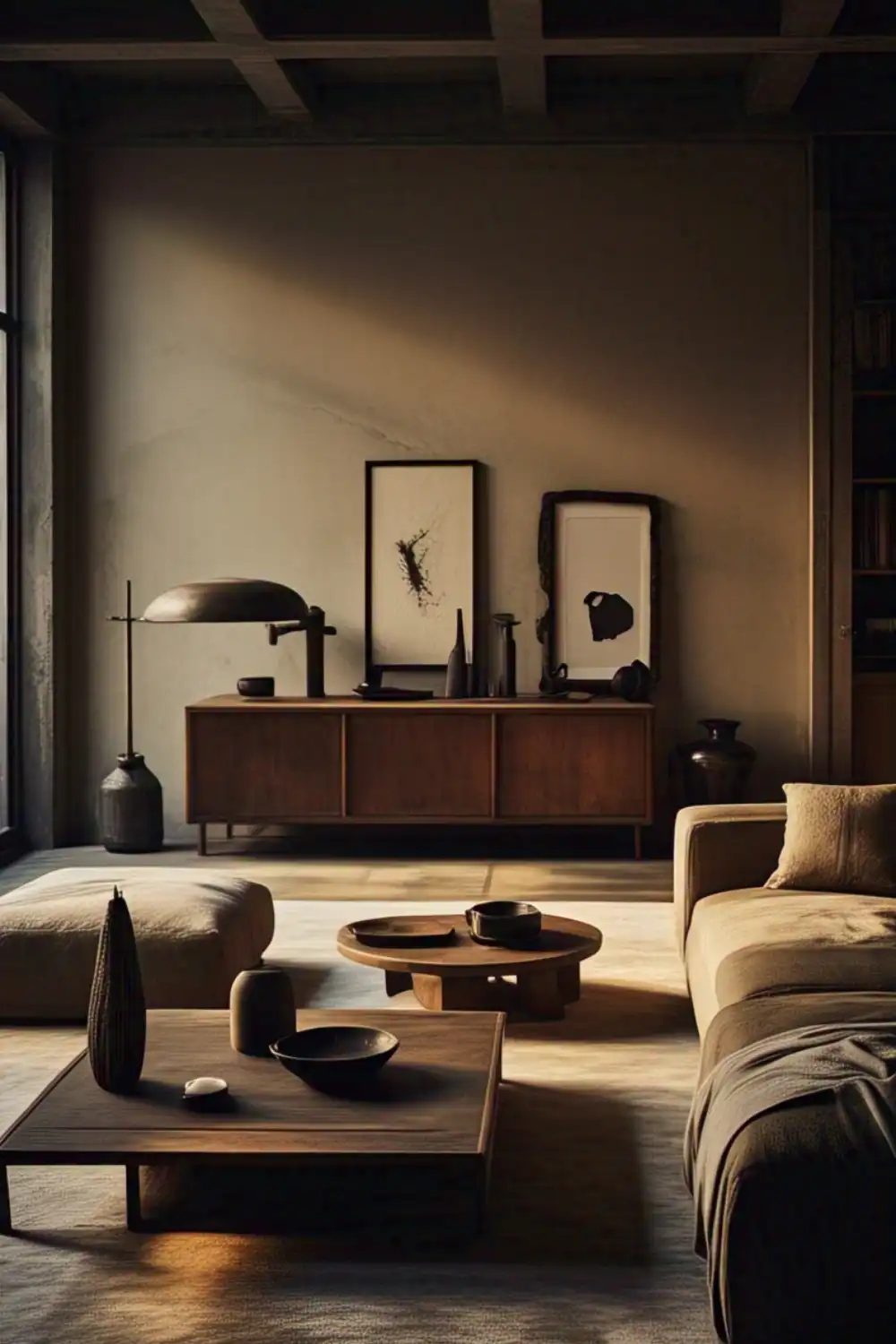
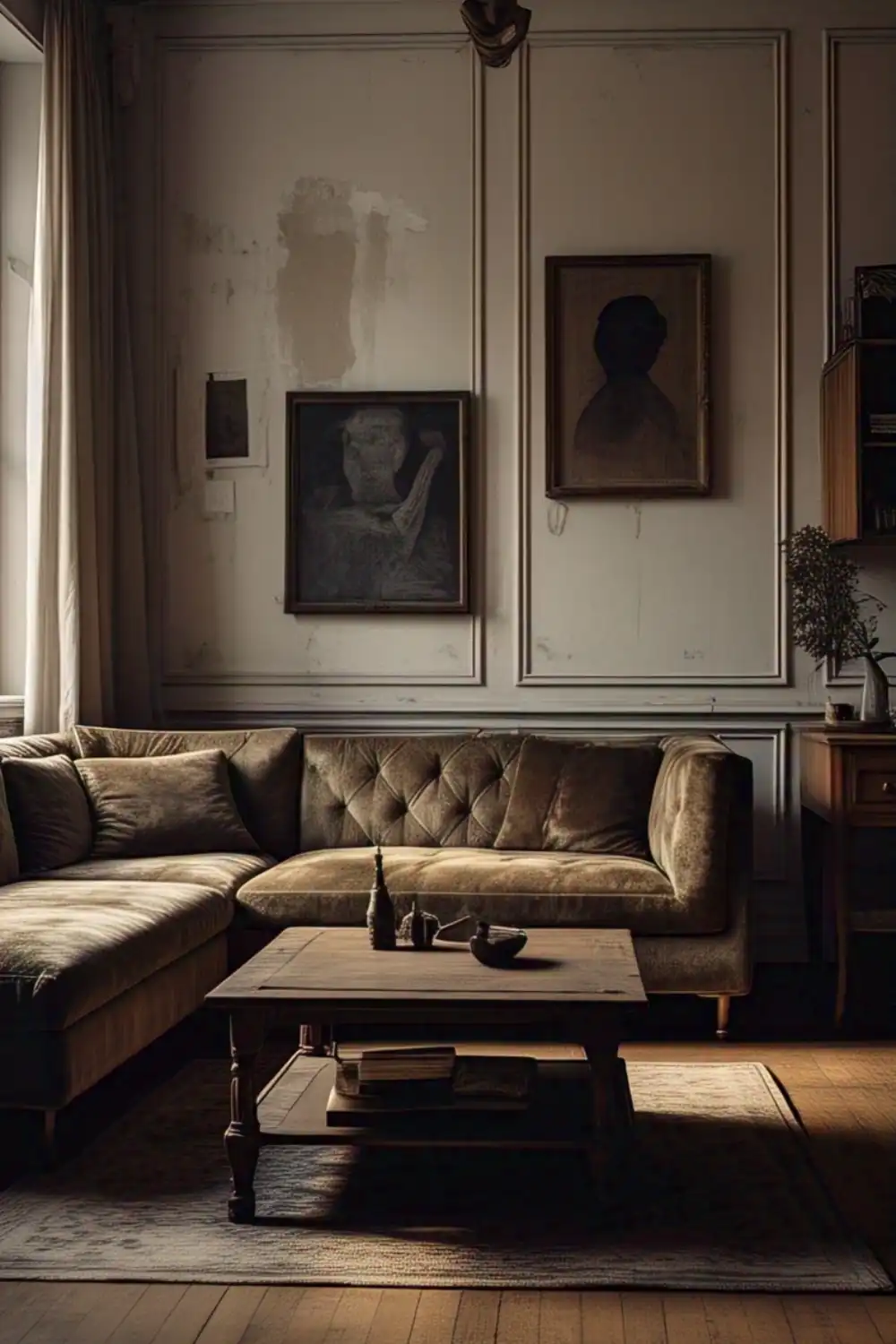






Understanding Wabi Sabi
Originating from traditional Japanese philosophy, Wabi Sabi is more than just a design style—it’s a worldview. It teaches us to find beauty in the transience of life, the aged and the incomplete. In the context of a home, it means embracing authenticity, natural aging, and thoughtful imperfection.
Rather than striving for flawlessness, Wabi Sabi invites us to slow down and appreciate the subtle beauty of worn textures, muted colors, and the raw, organic nature of time-worn materials. In a Wabi Sabi living room, the goal isn’t to impress guests with shiny surfaces and trendy decor, but to create a quiet sanctuary of comfort and depth.
Key Elements of Wabi Sabi
To achieve a Wabi Sabi-inspired living room, you must integrate several key design elements:
- Natural Materials: Unrefined textures such as wood, clay, stone, and linen.
- Earthy Color Palette: Neutral, subdued hues inspired by nature.
- Handmade and Timeworn Items: Imperfect ceramics, weathered furniture, and personal artifacts.
- Minimalism: A curated space with room to breathe.
- Imperfection: Accepting and highlighting flaws as part of the story.
These components work together to form a cohesive, authentic, and timeless space.
Choosing Natural Materials
Natural materials are the heartbeat of any Wabi Sabi interior. They are chosen not for their polish but for their authenticity. Wood with visible grain, aged stone with slight erosion, and raw textiles like linen and wool bring texture and tactility to the space.
For instance, consider a low wooden coffee table with uneven edges or an unglazed ceramic vase. These aren’t factory-perfect pieces—they’re soulful items with character and history. Reclaimed wood furniture, rattan baskets, and hand-thrown pottery are excellent choices that align beautifully with Wabi Sabi aesthetics.
Natural elements not only add warmth and grounding energy to your living room but also encourage a deeper connection to nature.
Embracing Imperfection
Wabi Sabi teaches us that imperfections tell stories. A cracked bowl, a wrinkled linen sofa cover, or a faded rug—these are not flaws to hide, but elements to celebrate.
In a Wabi Sabi living room, don’t rush to replace or repair items that show signs of life. Instead, lean into the natural aging process. This mindset fosters gratitude and mindfulness, two vital aspects of a peaceful home.
Let go of symmetry and matching sets. Instead, play with asymmetry and unique arrangements. Allow your room to evolve over time, acquiring personality through each scratch, patina, and memory.
Incorporating Handmade Items
Handmade objects reflect human touch, making them a perfect fit for the Wabi Sabi living room. Whether it’s a handwoven throw, a ceramic cup, or a carved wooden bowl, these pieces bring a sense of intimacy and intention.
Artisan goods, especially those with subtle flaws, add character and individuality. Visit local markets, pottery studios, or small independent creators for one-of-a-kind decor. These items not only support craftsmanship but also infuse your home with meaningful beauty.
Display handmade items with pride. Let them be focal points that invite curiosity and conversation.
Creating a Minimalist Space
Minimalism in the Wabi Sabi context doesn’t mean bare or cold. It means keeping only what matters and removing the excess that creates noise.
To create a minimalist Wabi Sabi living room:
- Start by decluttering with intention.
- Choose furniture that serves multiple purposes.
- Allow negative space to exist around your items.
- Edit your decor frequently to maintain clarity and calmness.
Every piece should feel like it belongs. When your room has fewer items, each one carries more significance and weight. This curated simplicity fosters a deep sense of peace.
Using Earthy Tones
The Wabi Sabi palette is rooted in the natural world. You won’t find electric blues or hot pinks here. Instead, the focus is on colors that soothe and ground:
- Stone gray
- Weathered wood brown
- Clay red
- Moss green
- Linen beige
These tones mirror aged materials, natural landscapes, and organic elements. They blend seamlessly with natural light and change beautifully with the seasons.
When painting walls or choosing upholstery, opt for chalky, matte finishes that absorb rather than reflect light. This diffused effect adds to the tranquil mood of the space
Curating Timeless Decor
Rather than chasing seasonal trends, the Wabi Sabi living room invites you to invest in pieces that will grow with you. Timeless doesn’t mean boring; it means enduring, classic, and rooted in meaning.
Decorate with:
- Antique or inherited items
- Objects collected during travels
- Neutral-toned artworks
- Vintage books
- Nature-inspired pieces like stones, branches, or dried flowers
This approach turns your living room into a layered story. Each item contributes to the room’s quiet narrative, creating a space that feels lived-in and loved.
A Living Room with Soul
Designing a Wabi Sabi living room isn’t about copying a style. It’s about adopting a mindset. It’s an invitation to slow down, to be present, and to find peace in what already exists. This space is not perfect, and that’s the point.
When your living room reflects this timeless elegance, it becomes more than a place to sit—it becomes a sanctuary. A room that greets you with warmth and reminds you that this moment, with all its imperfections, is beautiful.
Let your Wabi Sabi journey begin. One imperfect vase, faded cushion, or reclaimed wood shelf at a time.


